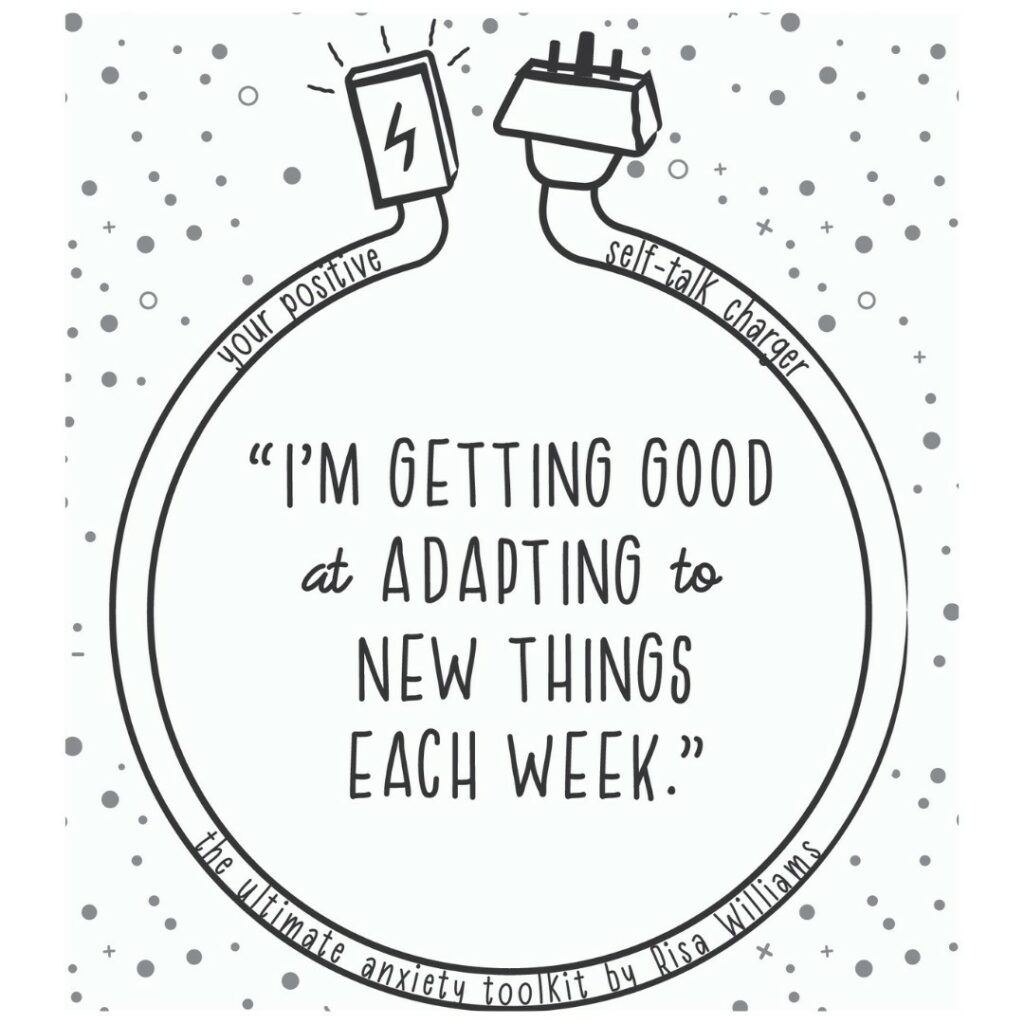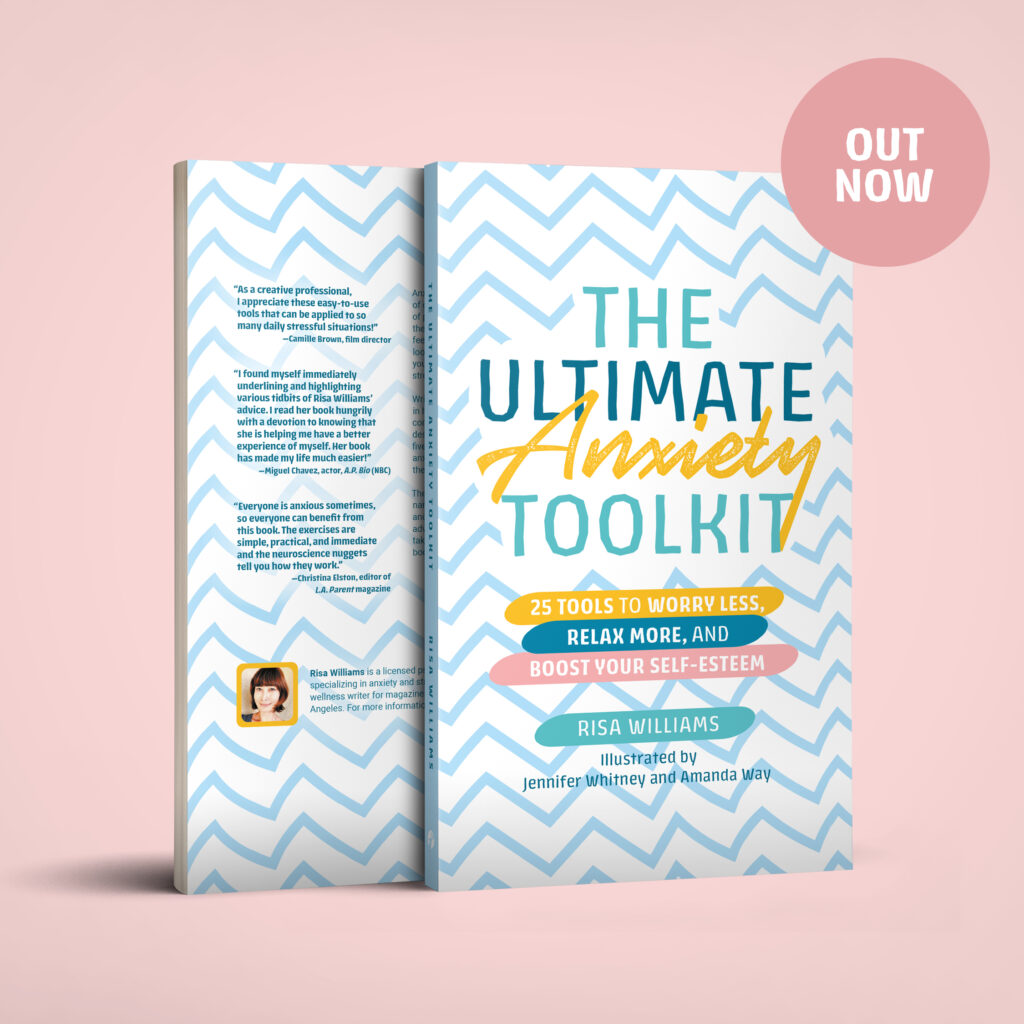By Risa Williams, author of The Ultimate Anxiety Toolkit
As a therapist who specializes in anxiety and stress reduction tools, this last year definitely made me more aware of how anxiety was rising for so many people at the exact same time.
At first, as the pandemic was unfolding, there was an initial wave of change anxiety surrounding the feeling of uncertainty: How long will this continue? How will I get basic supplies? How will I home school the kids and work out of the bedroom on a makeshift desk?
Over the holidays, there was a definite FOMO anxiety: When will I see people again? When will holidays go back to normal? How will we cope with missing out on so much this year?
Now, as we get to the “end” of lockdown, another wave of anxiety is hitting people all at once: How safe is it back in the office? Where should I wear a mask now? Can’t I just keep telecommuting now that I’m finally used to it?
With every new change, new anxiety is bound to be triggered in many people. And this year has had non-stop change! So, it makes sense that people are reporting higher than ever anxiety levels (62% of Americans were already reporting high anxiety last March and it’s probably much, much higher now).
In other words, if you’re currently experiencing any anxiety, you’re really not alone.
Here are some ways to help you cope with the uncomfortable feelings that new change brings:
- Learn to breathe into the uncomfortable feeling as it happens. Let yourself feel it, acknowledge it, breathe into it, and then slowly ride the feeling out. Feelings are just temporary states of our minds and they will eventually pass if we let them. Take deliberate deep breaths, in and out, and it will help steady your mind.
- Build in some soothing self-talk. Often, what makes the uncomfortable change anxiety feeling last longer is that we are adding negative self-talk on top of it. We tell ourselves things like, “I can’t handle this!” or “I won’t know what to do!” And this just makes our stress level rise more. Instead, build in some self-soothing talk instead, “I can take things one step at a time” or “I am getting better at figuring new things out. I’m adapting a lot quicker these days.”
- Normalize what you are experiencing right now. It’s a global pandemic. You’re figuring it out one step at a time. We all are! Go easier on yourself as you navigate these stressful times.
- Picture how you want to feel in the future. Use your imagination to picture things you want to do in the months ahead. Set a few small and manageable goals and start heading toward them a little at a time.

Be gentle on yourself during these times. Take time to soothe yourself daily, to talk to yourself in an encouraging way, and to ease into things at a pace that feels comfortable to you.
Sometimes anxiety wants us to solve a dozen future problems all in one single moment! It can be helpful to remember that you can choose to deliberately slow things down when you need to. Take things one problem at a time, one day at a time, one month at a time. Then, try to connect with how you want to feel in the future and start to trust that you’ll get there in time.

Risa Williams is a licensed psychotherapist and coach specializing in anxiety reduction tools, a wellness writer, and a professor in Los Angeles. For more anxiety reduction tools, please check out: “The Ultimate Anxiety Toolkit: 25 Tools to Worry Less, Relax More and Boost Your Self-Esteem” by Risa Williams (Jessica Kingsley Publishers, June 2021), www.theultimateanxietytoolkit.com